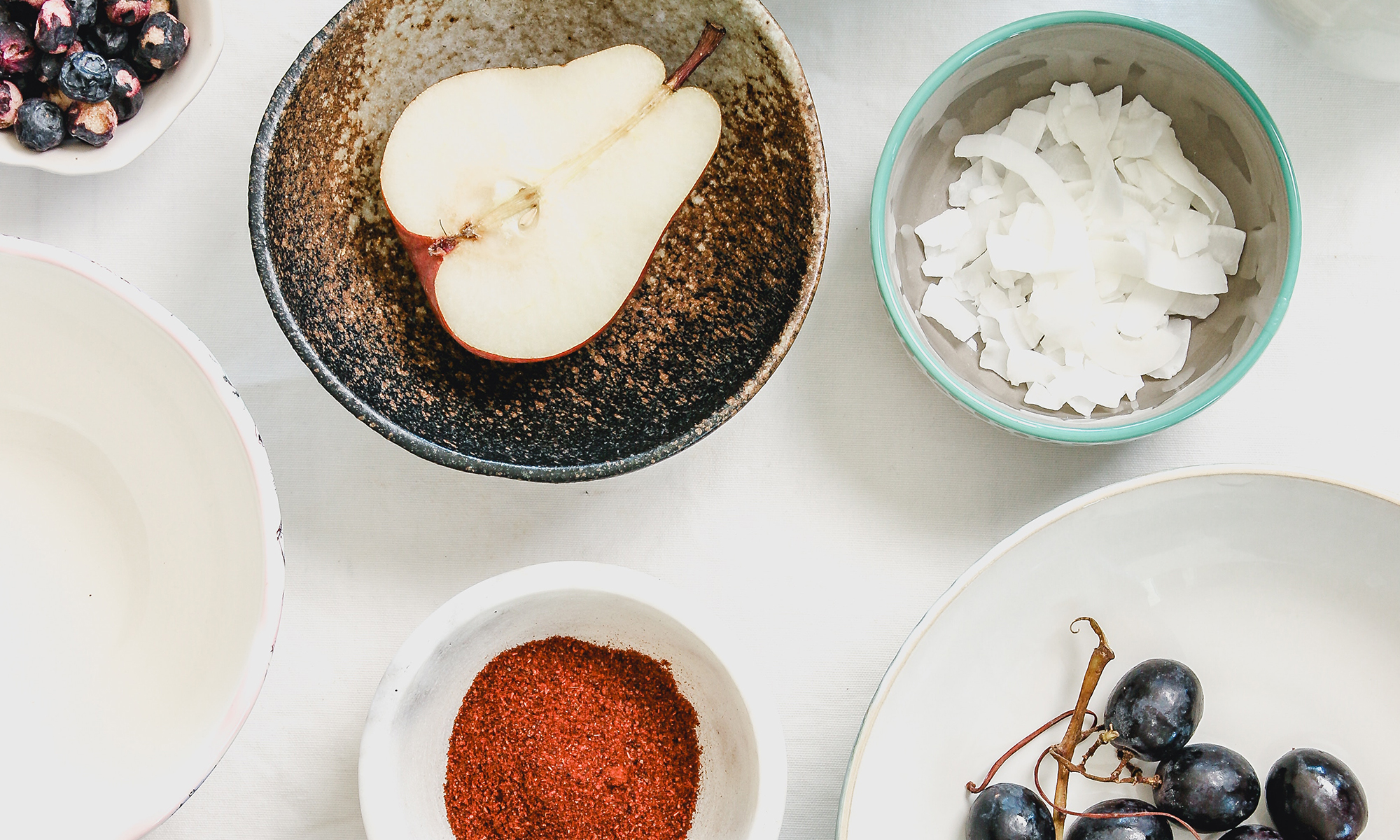
One of the best parts of summer (right behind the Crane's Beach and fried clams on the Essex River) is all the fresh produce available at farmers' markets and from my garden. I could subsist on tomatoes, corn and fresh herbs.
The garden tomatoes are still producing (and as I back-up, the farmers' at the weekly markets still have field tomatoes). My romas are a bit mealy — is it the variety or all the rain we've had this summer? Whatever the reason, they are better for cooking anyway. And the cooking changes the texture so that mealiness disappears. I slow roast them in the style of Fred Flintstone tomato sauce.
Grilled corn is wonderful, but I also like it sauteed in butter with a touch of cream and a pinch of curry powder.
And to make the trilogy pop with color, I saute zucchini with fresh mint.
In the summertime, my cooking simplifies. While baked salmon doesn't have the crispy brown skin that's only achieved from sauteing, it's so much easier. I cover the fillets with fresh basil and tarragon, and layer lemon slices on top. The flavor is wonderful, the fish is moist and delicate and the presentation's okay too.
Roasted Salmon with Creamed Corn, Roasted Tomatoes and Zucchini
6 – 8 oz. filets of salmon, skin on
3 ears of corn, kernels cut off
1 tbs. butter
5 shallots, diced
5 cloves garlic, diced
1 clove garlic, sliced
1/2 cup cream
1/2 tsp. curry powder
4 roma tomatoes, cut in half
2 tbs. olive oil
1 tablespoon fresh basil, chiffonade
1 tsp. fresh thyme
1 zucchini, cut in half lengthwise, and then cut into 1/2 inch slices
1 tablespoon fresh mint
2 lemons: 1 juiced, 1 sliced thinly
1 fistful of fresh basil and tarragon
plain oil
salt and pepper to taste
1. Toss tomatoes with 1 tbs. olive oil, thyme, 1 tbs. chopped shallots and 1 tsp. garlic. Roast in 450F oven, until tomatoes begin to brown. Season to taste with salt and pepper. Toss with fresh basil.
4. Melt butter in a skillet. Add corn, 1 tbs. chopped shallots and 1 tsp. garlic. Cook until garlic and corn begin to brown. Add curry powder and cook for 1 minute more. Add cream, and cook for 5 minutes, or until cream is reduced by 1/2. Season to taste with salt, pepper and lemon juice.
5. In a skillet, heat remaining oil on high heat. Add zucchini and garlic slices. Cook until the zucchini turns bright green and the garlic browns. Season to taste with mint, lemon juice, salt and pepper.
6. Season salmon with salt and pepper. Cover the fillets with fresh herbs and layer lemon slices on top. Roast in 375 oven for 10 minutes, or until cooked to desired doneness. Garnish with corn, tomatoes and zucchini.




